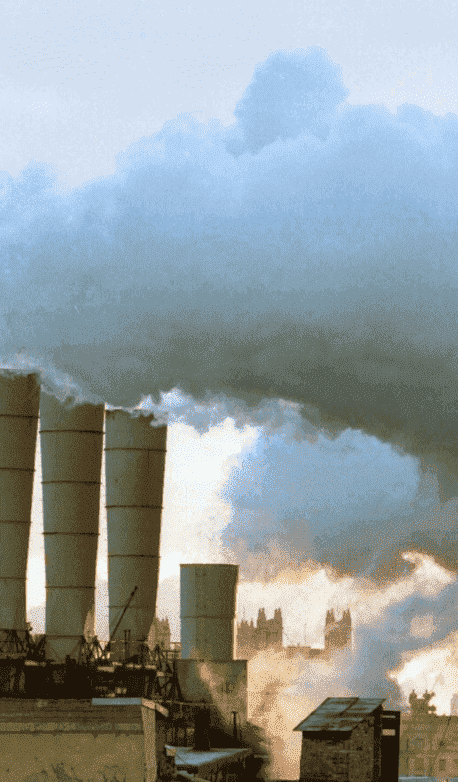
A clean gamble: On carbon trading

Carbon trading should help India to accelerate the shift away from fossil fuel.
The Centre is expected to clarify, later this year, the specifics of a carbon trading market in India. An amendment to the Energy Conservation Act, passed in 2022 and, separately, approval by the UN Framework Convention on Climate Change via the Paris and Glasgow agreements ensured that carbon markets (where ‘carbon credits’ and ‘emission certificates’ can be traded) have acquired greater global currency. ‘Carbon markets’ are a catch-all term and need clarity, especially in the Indian context. A decade or more ago, they meant stock-market-like exchanges that traded in ‘carbon offsets’ made legitimate under the Clean Development Mechanism. Here, industrial projects in developing countries that avoided greenhouse gas emissions were eligible for credits that, after verification, could be sold to European companies that could buy them in lieu of cutting emissions themselves. Alongside are the EU-Emissions Trading Systems (ETS) where government-mandated emission limits on industrial sectors such as aluminium or steel plants require industries to either cut emissions or buy government-certified permits from companies that cut more emissions than required or were auctioned by governments. Carbon credits became valuable because they could be used as permits in EU-ETS exchanges. Such permits are a ‘right to pollute’ and being tradeable on an exchange, akin to shares, are expected to fluctuate in value depending on a company’s need to balance profitability and comply with pollution norms.
The objective of such markets is to incentivise investments in renewable energy sources. While India has maintained its right to grow its carbon emissions in the near future, it has committed to cutting the emissions intensity (emissions per unit of GDP) of its growth by 45% (of 2005 levels) by 2030. It has been doing this, partly, via the Perform, Achieve and Trade (PAT) scheme, where around 1,000 industries have been involved in procuring and trading energy saving certificates (ESCerts). Since 2015, various cycles of the PAT have shown emission reductions of around 3%-5%. The European Union, which runs the oldest emission trading scheme since 2005, had cut emissions by 35% from 2005-2019 and 9% in 2009, over the previous years. Whether carbon trading can meaningfully lead to emissions reductions in the Indian context is a question that can be answered only decades later. It would, however, be a victory in itself, if it is able to mobilise domestic finance and accelerate the shift away from fossil fuel. With that end in mind, the government must intervene to bring in the right amount of pressure on industry to participate in the market but not ignore proven non-market initiatives to achieve greenhouse gas reductions.
More News
Redefining Waste: How the Circular Economy Transforms Trash into Value
The circular economy transforms waste into valuable resources by shifting away f...
Sustainable Investing: The Future of Finance and Impact
Sustainable investing integrates environmental, social, and governance (ESG) fac...
Understanding ESG Ratings
ESG ratings assess a company's environmental, social, and governance performance...
CSR: A Vital Pillar of ESG Strategy
Corporate Social Responsibility (CSR) has evolved into a key pillar of ESG strat...
Role of ESG in achieving United Nation SDGs
Discover how ESG principles align with the UN Sustainable Development Goals (SDG...


